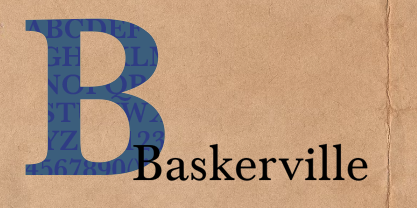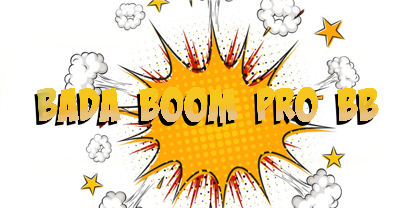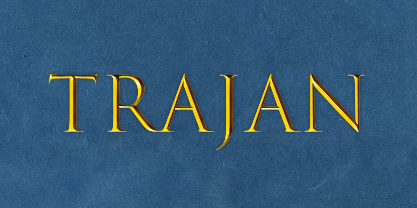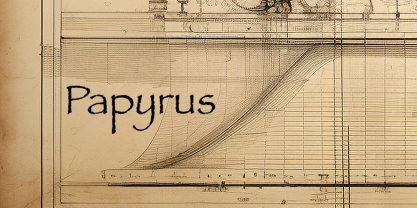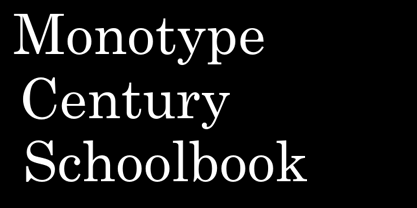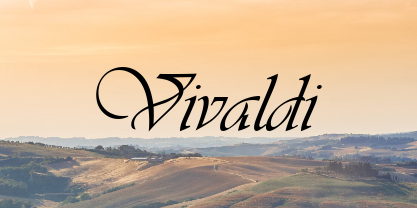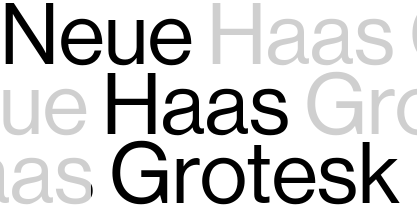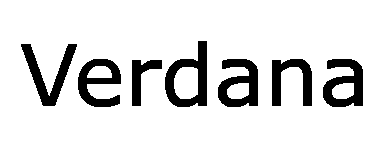
Verdana
About "Verdana"
Specifically crafted to meet the challenges of on-screen display, the Verdana™ Family of fonts stands out as a unique example of type design for computer screens.
Renowned type designer Matthew Carter led the design, with hand-hinting expertise provided by Tom Rickner.
The sans-serif fonts' legibility on the screen is attributed to Verdana's generous character width and spacing.
While Verdana performs well at small sizes, it truly shines at higher resolutions.
Tom Rickner expresses hope that the appreciation for these fonts extends beyond the computer screen.
According to him, the screen size bitmaps were crucial in production, but the uses of Verdana should not be confined to on-screen typography.
The character set encompasses Latin-1 and WGL Pan-European, covering Eastern Europe, Cyrillic, Greek, and Turkish scripts.
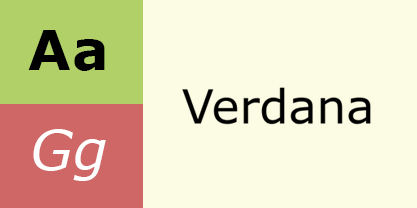
Font family
Verdana Font family
Designer
Matthew Carter
Publisher
Microsoft Corporation Foundry
The Segoe Script is a part of the Segoe family of fonts, originating from Microsoft. Its design, credited to Carl Crossgrove, was inspired by the handwriting style of Brian Allen. The Segoe Script Family, comprising of 2 fonts, is characterized by elegant handwriting script fonts. The character set of the Segoe Script font includes Latin-1 and WGL Pan-European (Eastern Europe, Cyrillic, Greek and Turkish). The font specifically features extended strokes that are inherently present in cursive handwriting.
Date released
License
※ Following licensing information is for reference only.
Please confirm the exact usage with the font owner(foundry or publisher).
Desktop: Intended for installation on a desktop workstation. This encompasses common personal and professional usage within applications possessing font menus. Examples include usage on operating systems such as Mac OS X or Windows, within software like Word processors and graphic design tools, and for the creation of static images and print documents. User licensing varies based on the quantity, accommodating additional users through the purchase process. Restrictions may apply to logo usage, location-based usage, and commercialized products.
App: Designated for incorporation within mobile applications. This aligns with development for platforms like iOS, Android, or Windows Phone, embedding the font directly into the application code.
Webfont: Applicable for use on a single website domain. Not shareable across multiple client sites for agencies. Usage on a site factors in as pageviews for licensing purposes. For image display on websites, desktop licensing may be more suitable.
Digital Ad/Email: Suitable for embedding in HTML5-based advertisements. A kit provided can be utilized within ad creatives and shared with affiliated parties. While similar to webfonts, the terms cater specifically to digital advertising environments and varying impression rates.
Electronic Doc: For embedding in digital publications such as eBooks, eMagazines, and eNewspapers. Licensing is based on the number of separate publication instances, with certain allowances for updates and variations.
| Category | Scope of Use | Permission |
|---|---|---|
| Electronic Doc | Electronic publications like eBooks | X |
| Desktop | Desktop applications, printed documents, static images | X |
| App | Mobile application embedding | X |
| Webfont | Single domain usage for websites | X |
| Digital Ad/Email | Embedding in HTML5 digital ads | X |
Download
Other info
Other fonts
